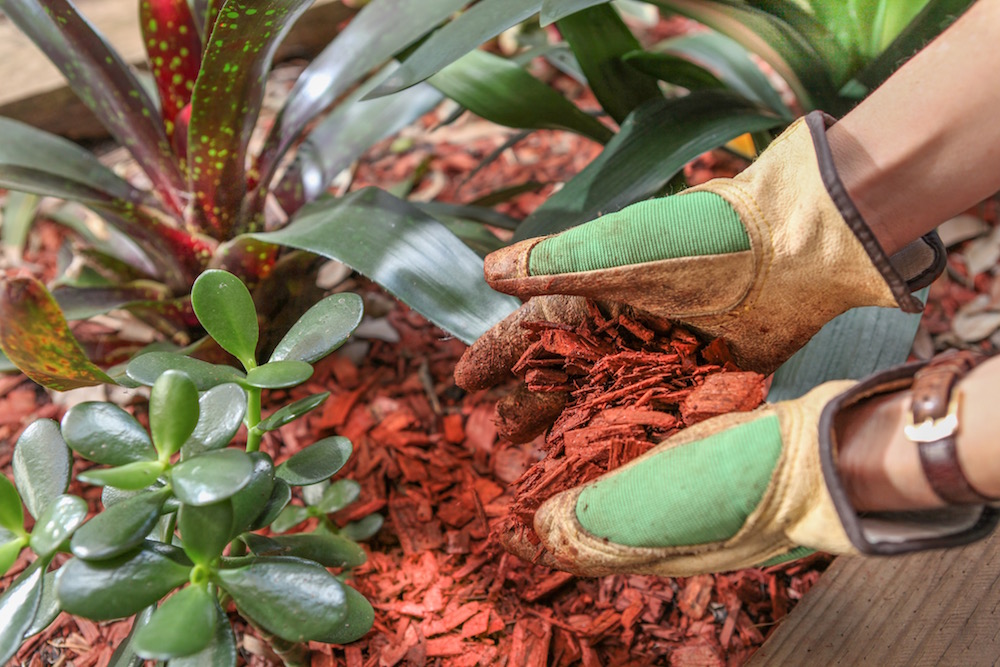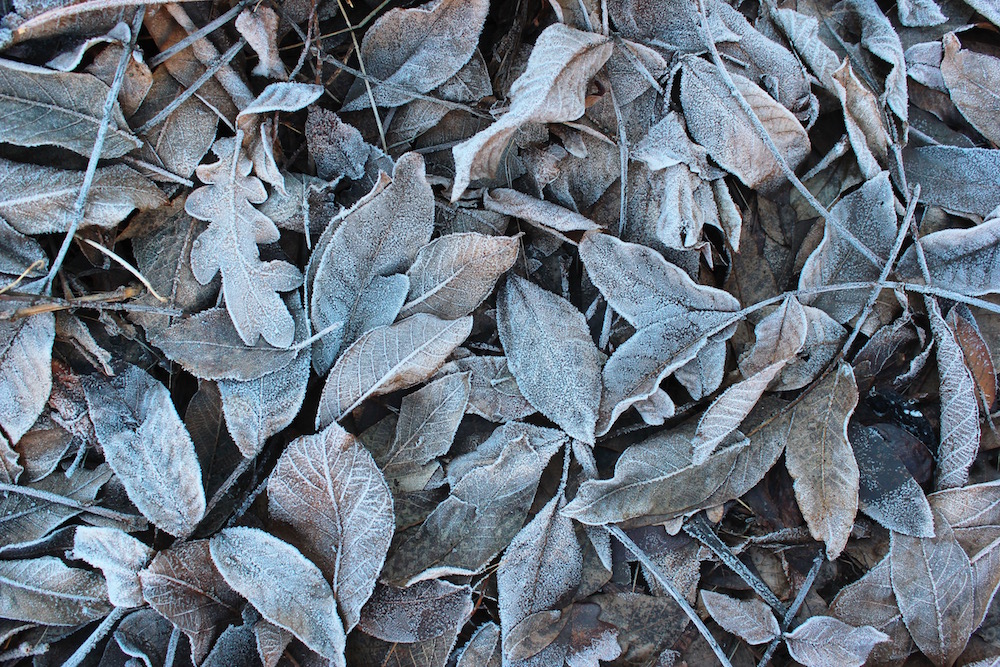
Mulch is something that many gardeners use to improve their outside space, in fact some swear by it. But what exactly is mulch and what can it be used for?
Here you can find our quick guide to help you understand the importance of mulch and what it can do for your garden!
So what is mulch?
Simply put, mulch can be any type of material that you use in your garden to help your soil retain moisture, improve its condition, reduce weed growth, keep it at the optimum temperature and improve its fertility. Mulch is spread over the surface of the soil to protect and enhance it, and can also be used to improve your gardens aesthetic.
Mulches can be both organic and inorganic.
Some examples of inorganic mulches include:
- Rocks
- Plastic sheeting
- Rubber chippings
Some examples of organic mulches include:
- Compost
- Newspaper
- Leaves
- Straw
There are advantages and disadvantages to each, and so choosing which type of mulch you use in your garden will depend on certain factors. Inorganic mulch is more long-lasting and durable so you will have to replace it less often. Organic mulch breaks down and decomposes which will mean you have to keep adding to it – however organic mulch will boost your soils fertility where inorganic mulch will not.
When it comes to organic mulches, choosing the right kind for your garden is important and usually comes down to what you want it to do.
Bark mulches, for example, are ideal around the bases of trees and shrubs, and if you want to give your garden a neat yet rustic look, they are also among the most long lasting of the organic mulches. However if you plan to do a lot of digging, bark mulch will soon become more of a hassle as you’ll have to move it every time you want to dig in new plants.
Compost is a hugely versatile mulch and can be used on any part of your garden, compost is perfect if you need to give your garden a much needed boost as the nutrient rich material will help to improve it’s condition, and encourage your plants and flowers to grow.
Newspaper is ideal for keeping your soil moist and cool and will help to suppress weeds too. Simply put your damp, shredded newspaper around your plants then cover with a layer of compost to keep your garden looking smart. Remember newspaper will need replacing but one layer should last a growing season.
Straw can give your garden a rustic look and works particularly well in vegetable gardens. A layer of straw will last a whole growing season and is easy to work with if you need to move plants or bed in new ones. Additionally straw will attract garden insects who will create their homes here and keep pests under control.
Synthetic mulches are some gardeners preferred choice because of their functionality and durability. However, they can become a bit of an eyesore. To combat this you can simply cover plastic sheeting or fabric in a thin layer of compost or bark tt – instantly giving your garden a more natural look.
It’s important to note that if you chose to use plastic sheeting this can get very hot in the summer months, and ensuring there are holes cut into the sheeting to allow water to get through is important, otherwise your soil can dry out and the nutrients die.
At Bury Hill we are proud to offer a well-rotted mushroom compost which is ideal to be used for mulching, being particularly effective for rose beds, tree & shrub planting and breaking up heavy soils.
Remember, whichever type of mulch you use, it’s not set in stone – you can renew and replace your mulches so why not experiment and see which one works best for you and your garden?







